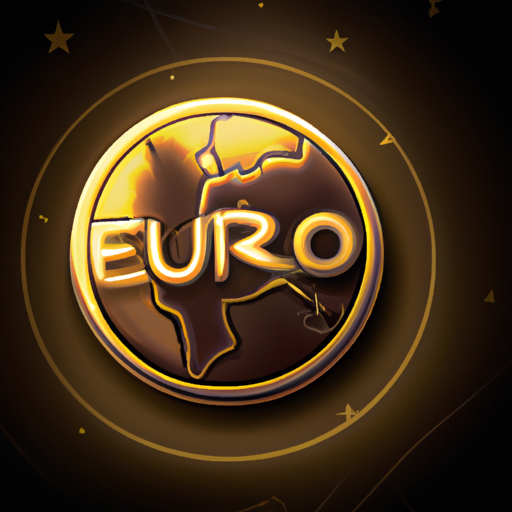Circle and Stellar Collaborate to Bring EURC Stablecoin onto the Stellar Blockchain
Introduction
– Circle and Stellar announce a strategic collaboration to integrate EURC stablecoin into the Stellar blockchain.
– EURC is a euro-anchored stablecoin issued by Circle, providing a seamless way for users to transact in euros on the Stellar network.
– The partnership aims to enhance cross-border payments and enable efficient transactions using stablecoins.
Integration of EURC Stablecoin onto Stellar Blockchain
Circle, a leading global financial technology company, and Stellar, an open-source blockchain platform, have joined forces to integrate the euro-anchored stablecoin, EURC, into the Stellar blockchain. This collaboration will empower users to seamlessly transact and hold funds in euros using the Stellar network.
EURC, which is issued by Circle, is a stablecoin pegged to the euro. It provides users with the ability to transact in euros without the traditional limitations and barriers associated with fiat currencies. By bringing EURC onto the Stellar blockchain, Circle and Stellar aim to enhance the efficiency and accessibility of cross-border payments.
Stellar’s blockchain platform is renowned for its fast and low-cost transactions, making it an ideal choice for integrating stablecoins. The partnership with Circle will enable users to leverage the benefits of both EURC and Stellar’s blockchain technology, fostering a more seamless and efficient global payment ecosystem.
Benefits and Use Cases
The integration of EURC stablecoin onto the Stellar blockchain brings numerous benefits and opens up exciting use cases. Some of the key advantages include:
1. Efficient Cross-Border Payments: Users can now transact in euros across borders without the need for traditional banking intermediaries, resulting in faster and cost-effective transactions.
2. Enhanced Accessibility: The integration of EURC onto Stellar’s blockchain expands access to a stablecoin pegged to the euro, making it easier for users to hold and transfer euros digitally.
3. Reduced Volatility: Stablecoins like EURC are designed to maintain a stable value, providing users with stability and predictability compared to more volatile cryptocurrencies.
4. Decentralization: Both Stellar’s blockchain and Circle’s stablecoin are built on the principles of decentralization, ensuring transparency, security, and non-reliance on a single authority.
With this collaboration, Circle and Stellar aim to revolutionize the way users transact and hold euros digitally, further bridging the gap between traditional finance and blockchain technology.
Closing Thoughts
The collaboration between Circle and Stellar to integrate EURC stablecoin onto the Stellar blockchain marks a significant milestone in the evolution of cross-border payments and the adoption of stablecoins. By combining Circle’s expertise in stablecoin issuance and Stellar’s robust blockchain platform, users can now seamlessly transact and hold euros digitally, benefiting from fast, low-cost, and efficient transactions.
This integration not only enhances the accessibility of stablecoins but also strengthens the overall ecosystem of blockchain-based financial services. As the demand for digital currencies and cross-border transactions continues to grow, collaborations like this will play a crucial role in advancing the adoption and mainstream acceptance of cryptocurrencies.
In conclusion, the integration of EURC stablecoin onto the Stellar blockchain provides a promising solution for users looking to transact in euros securely and efficiently. With Circle and Stellar leading the way, we can expect to see further advancements in blockchain-based financial services, ultimately transforming the way we interact with traditional fiat currencies.
